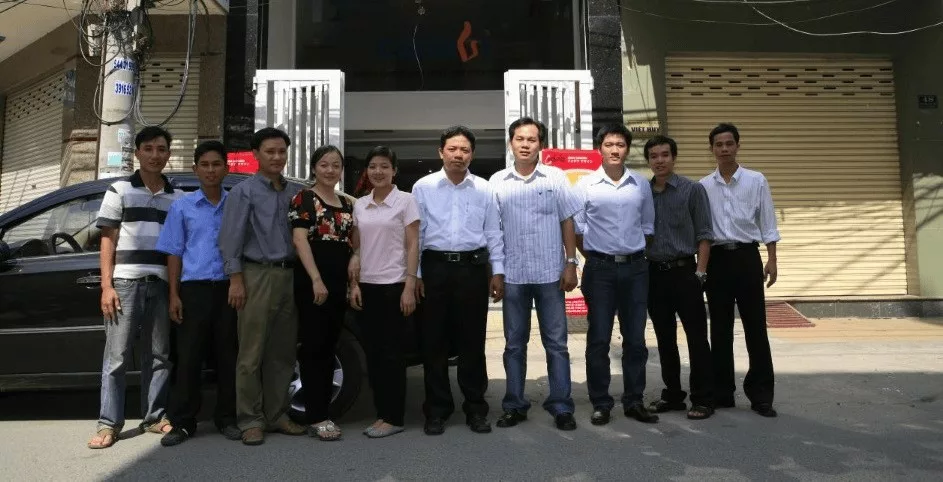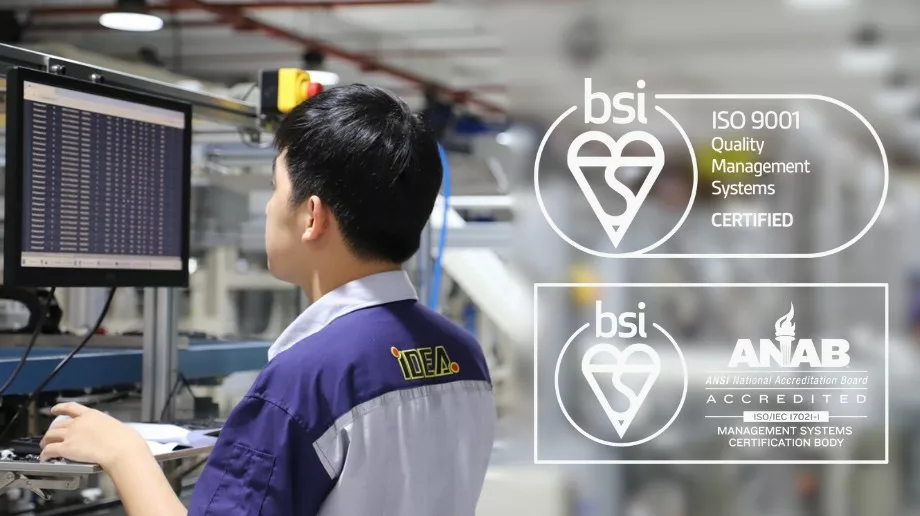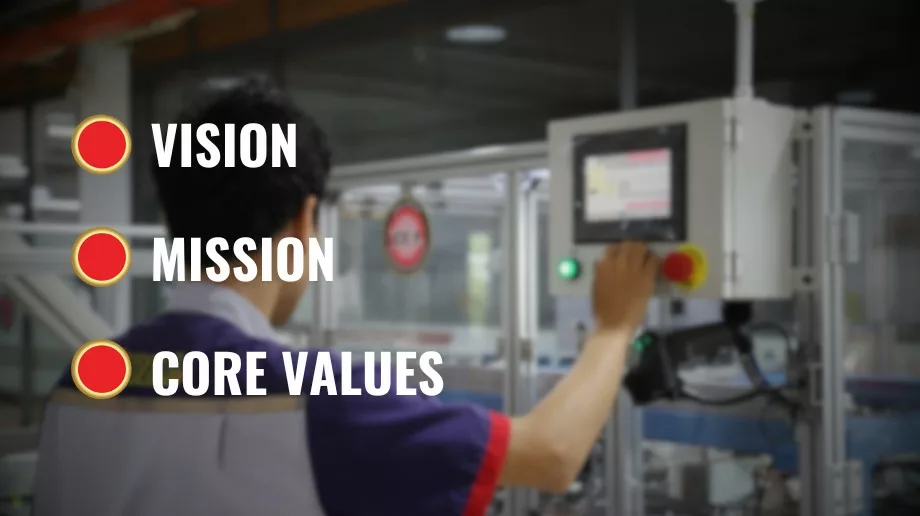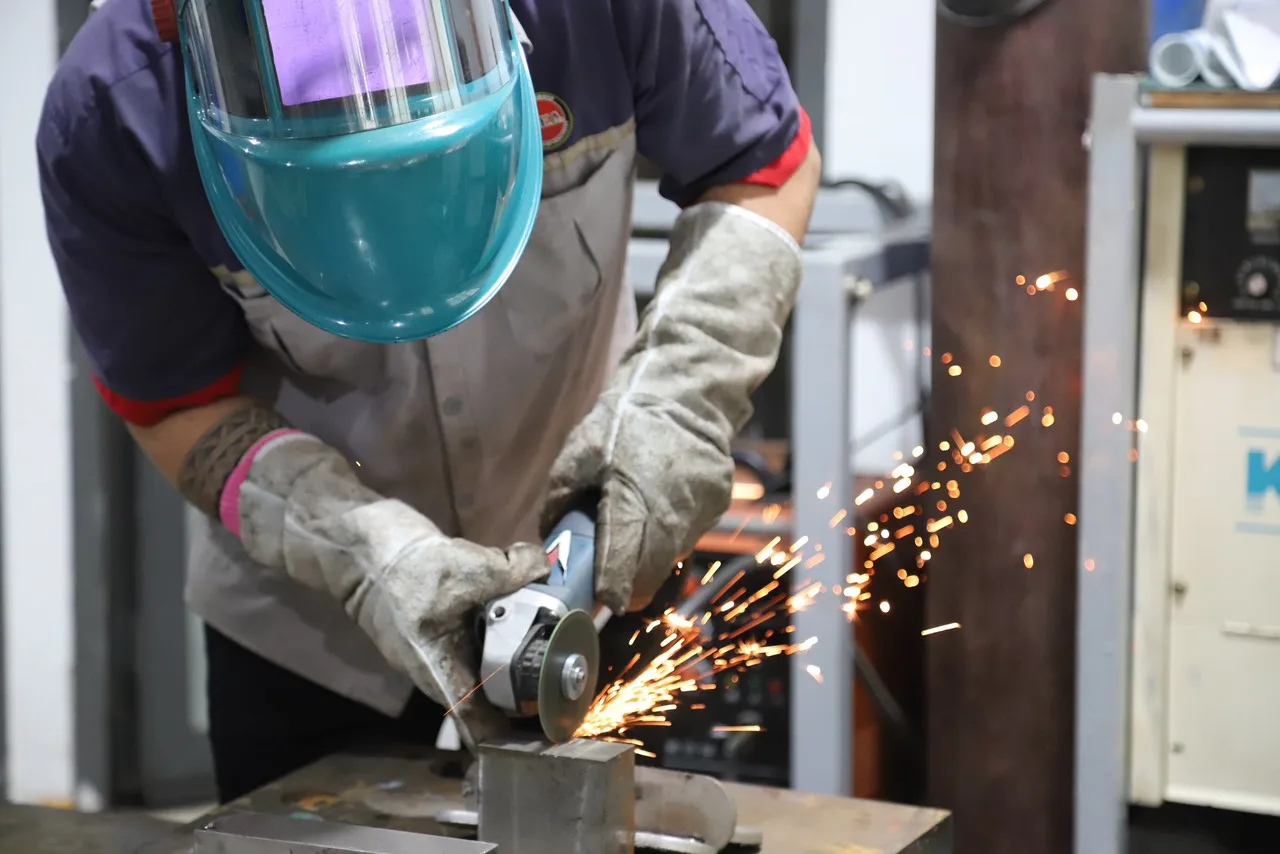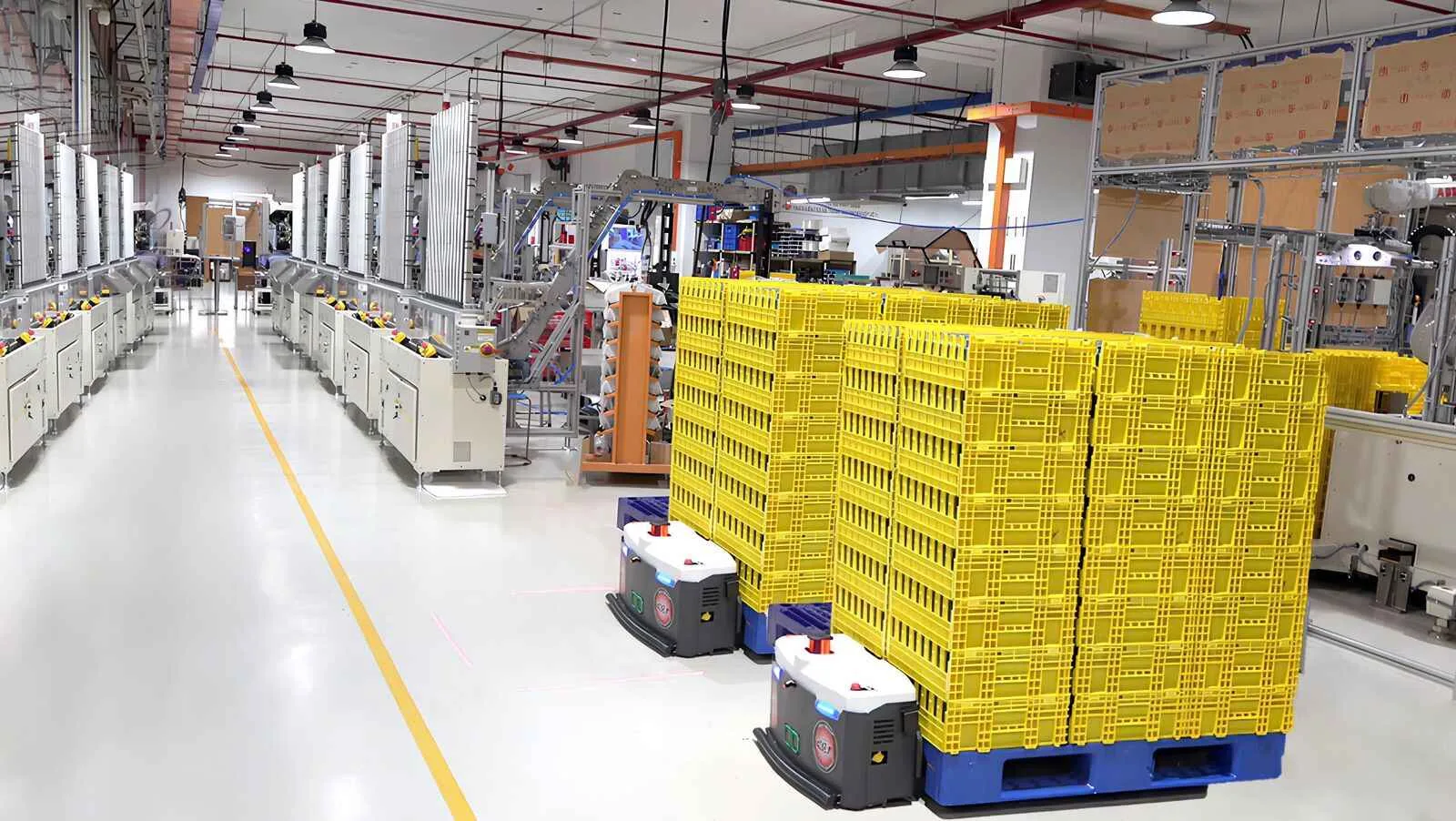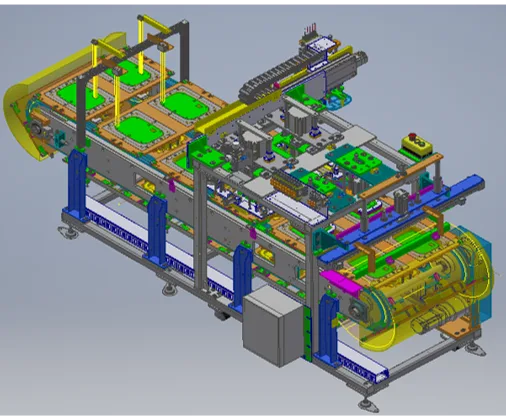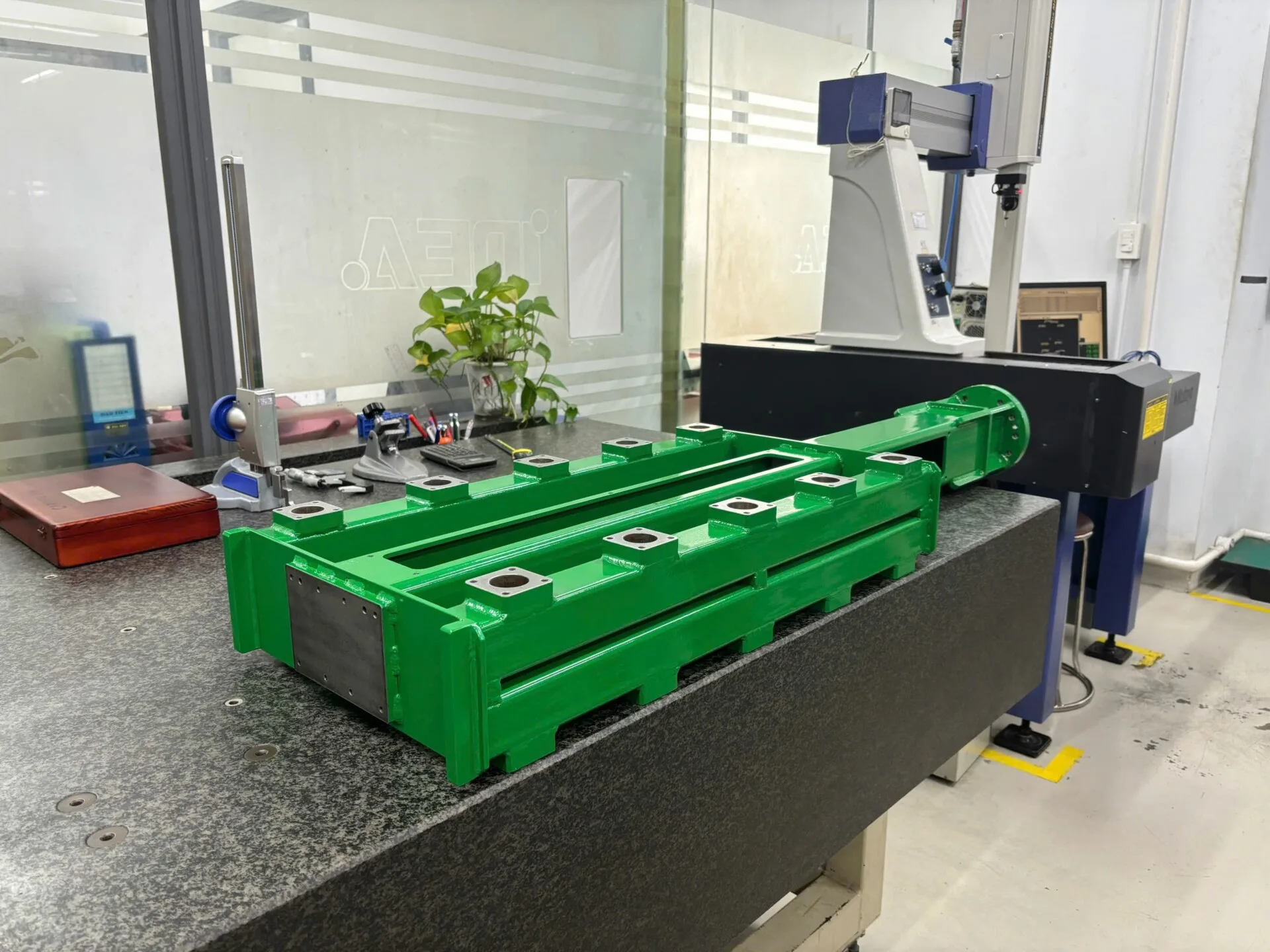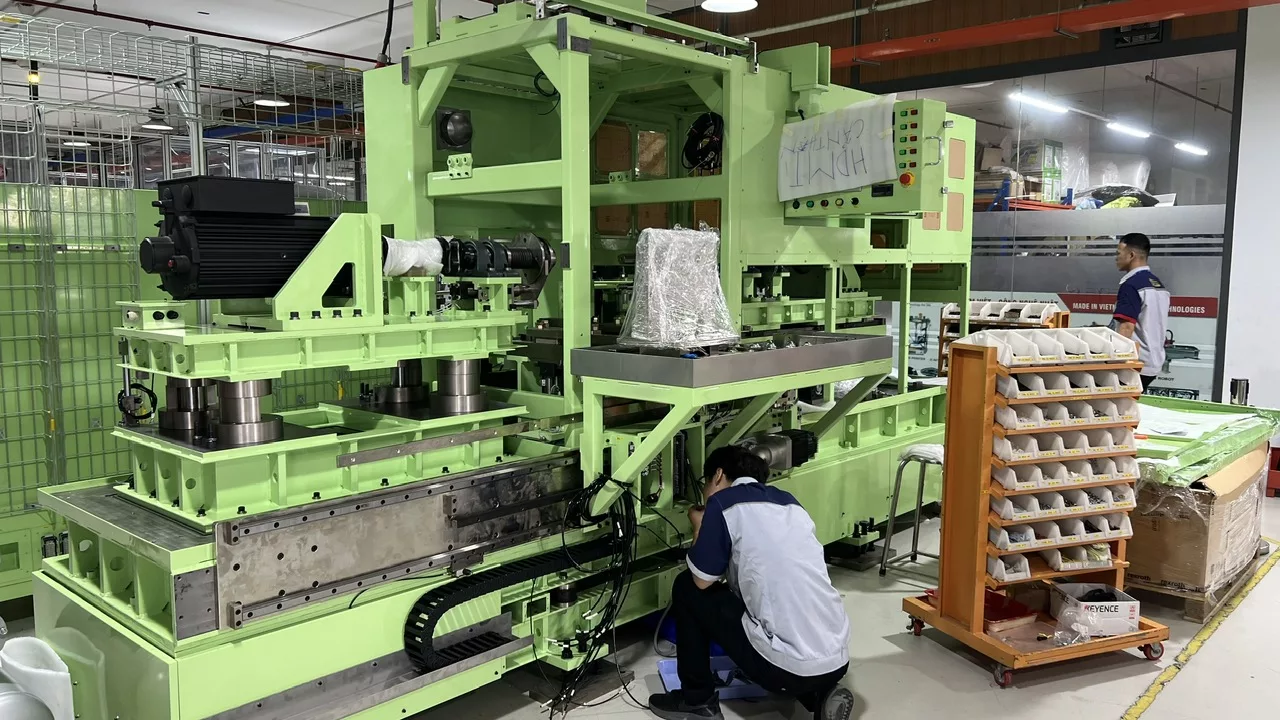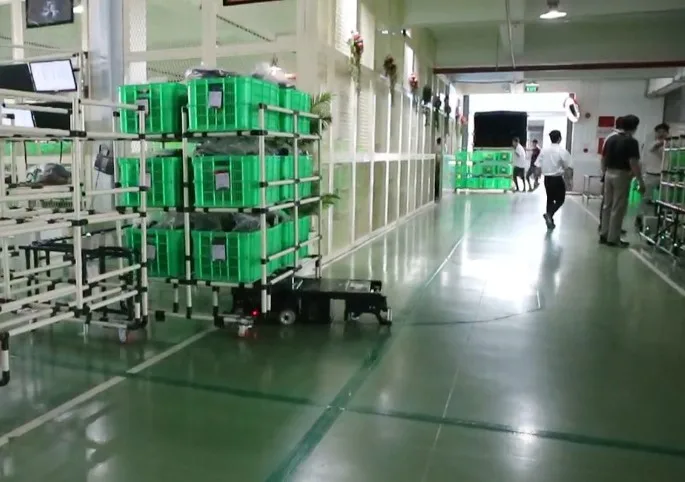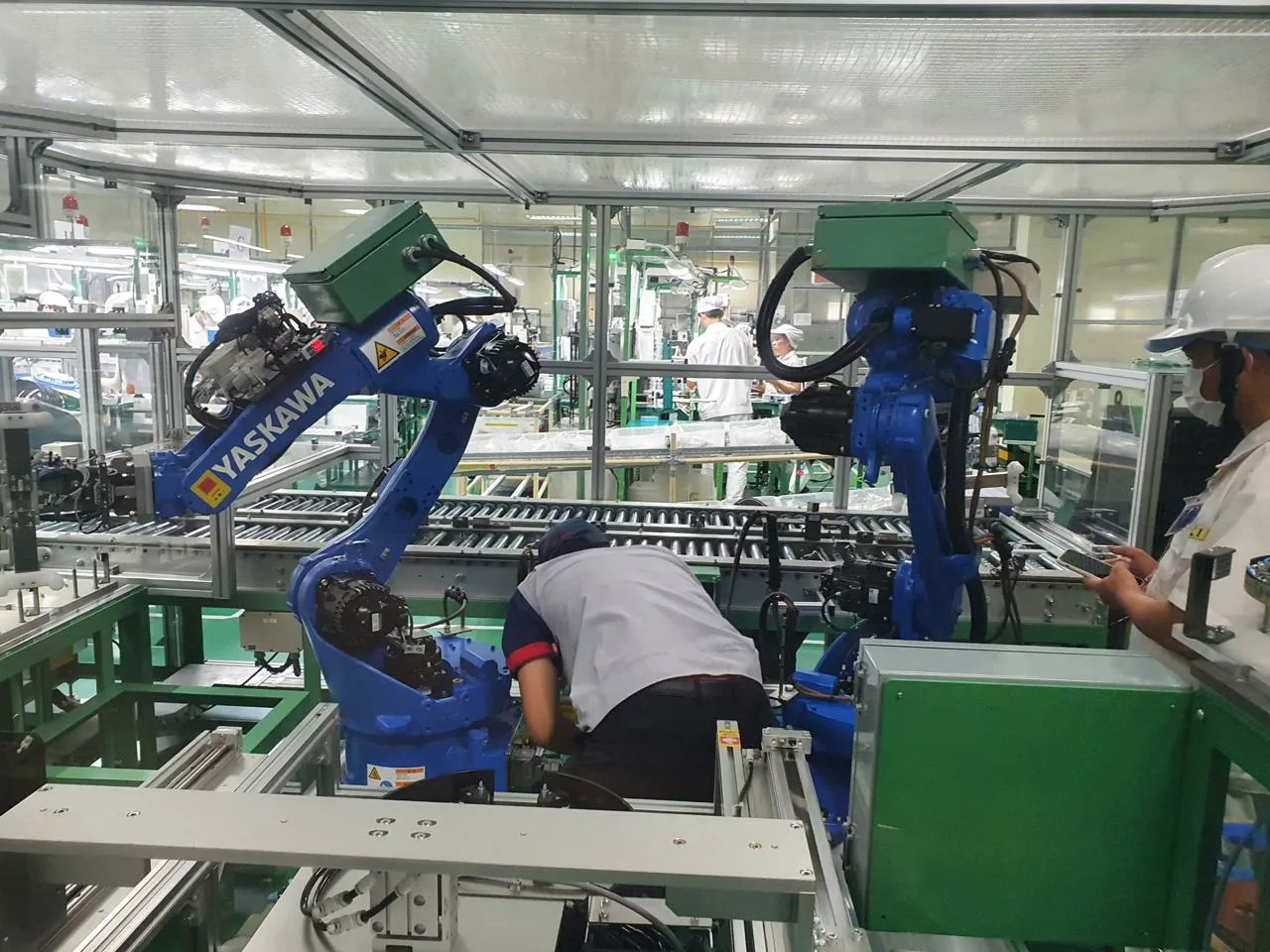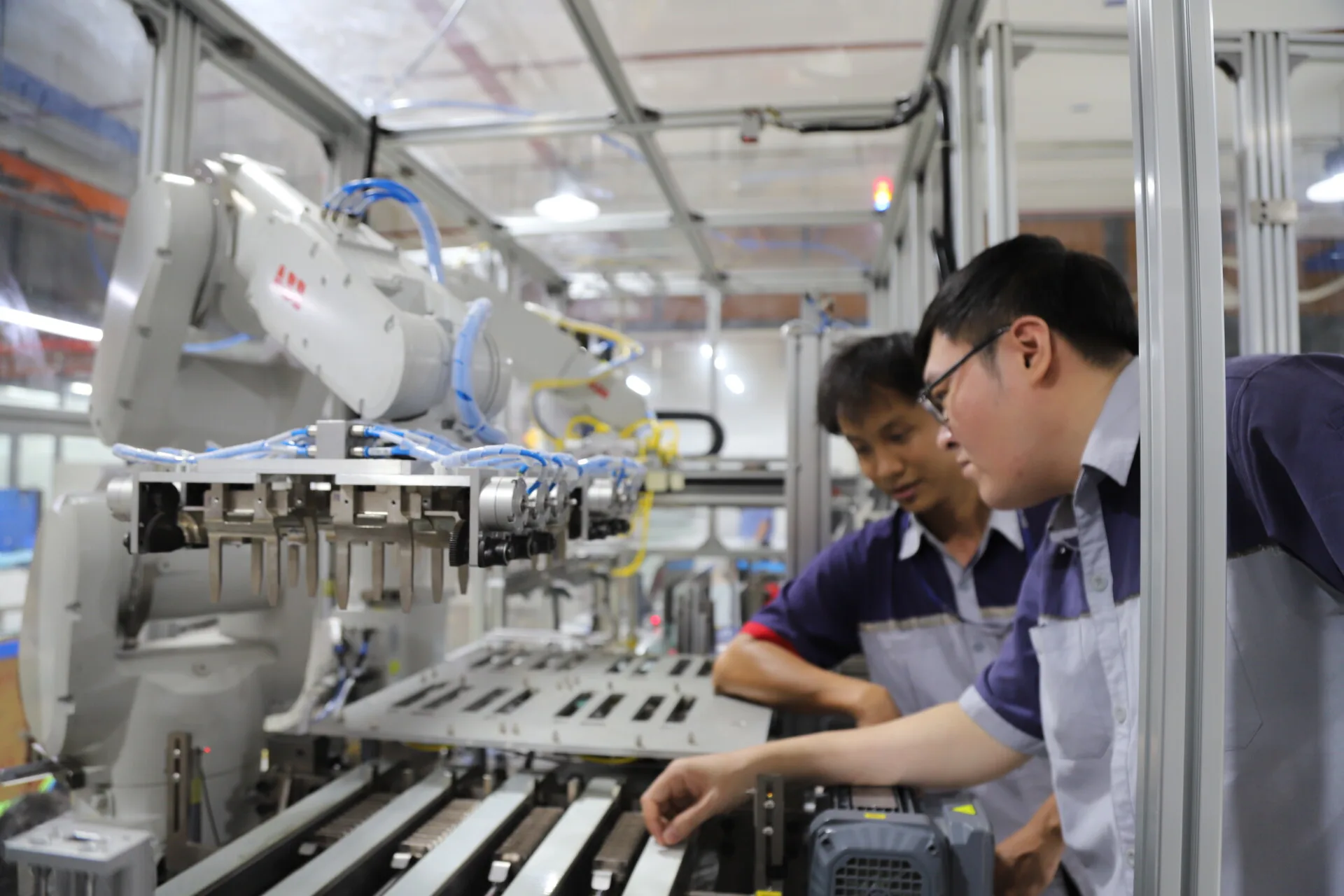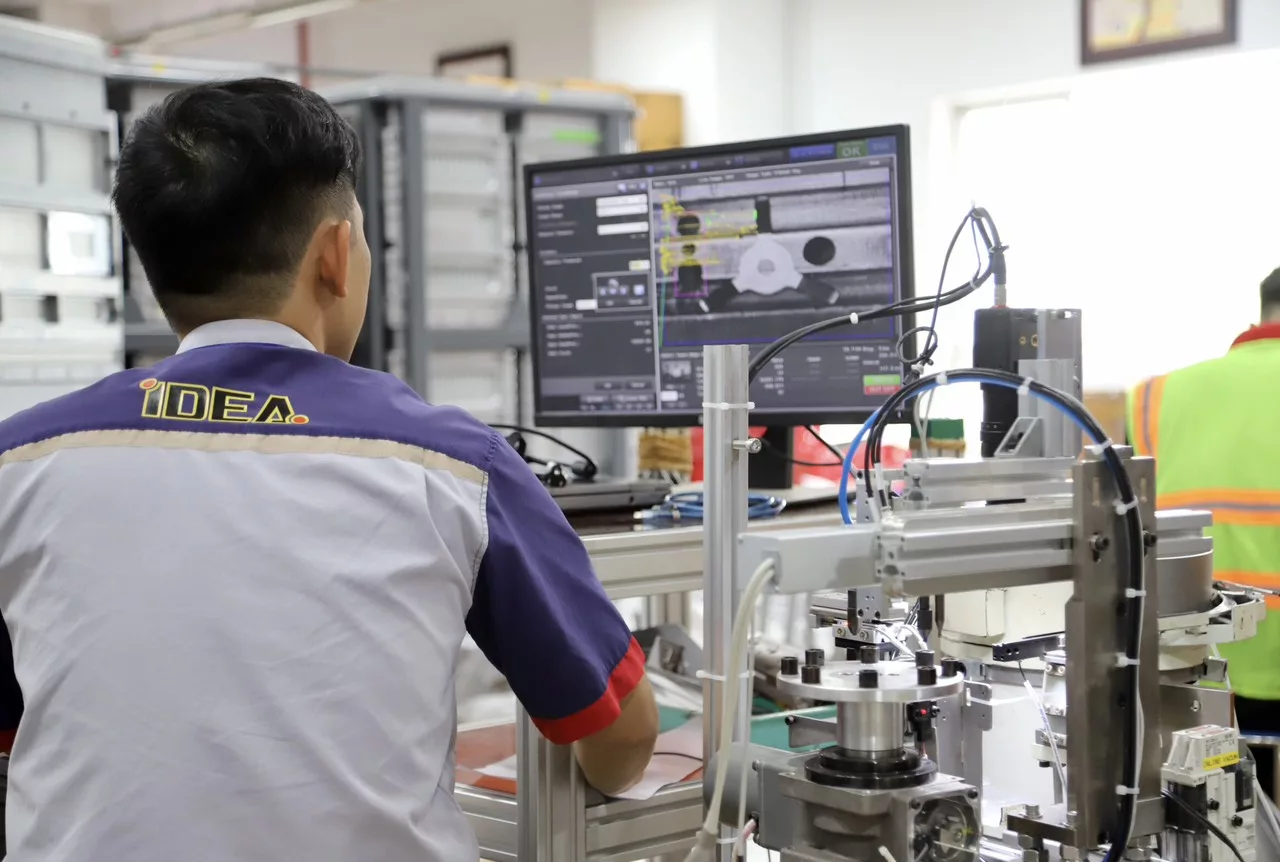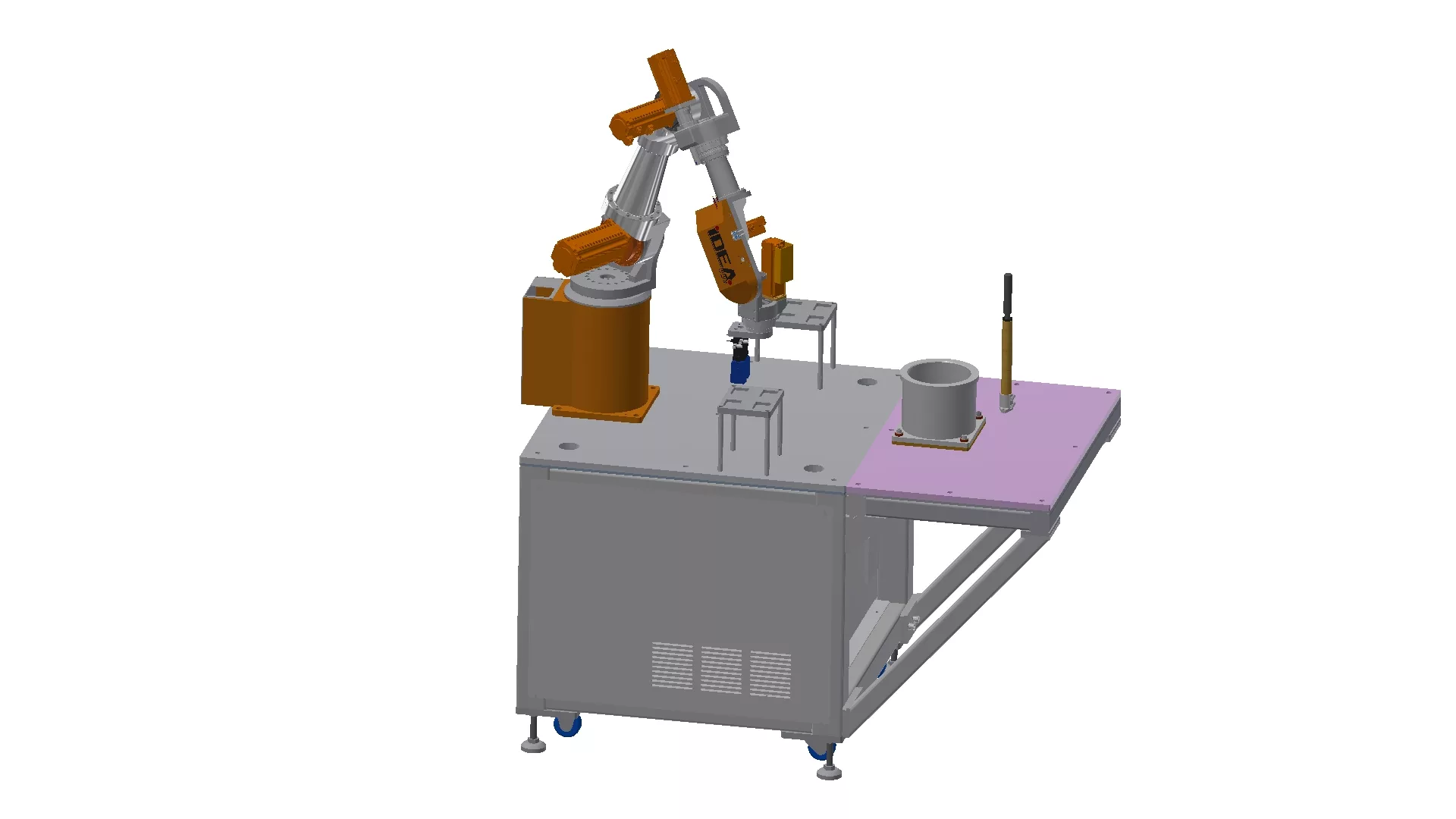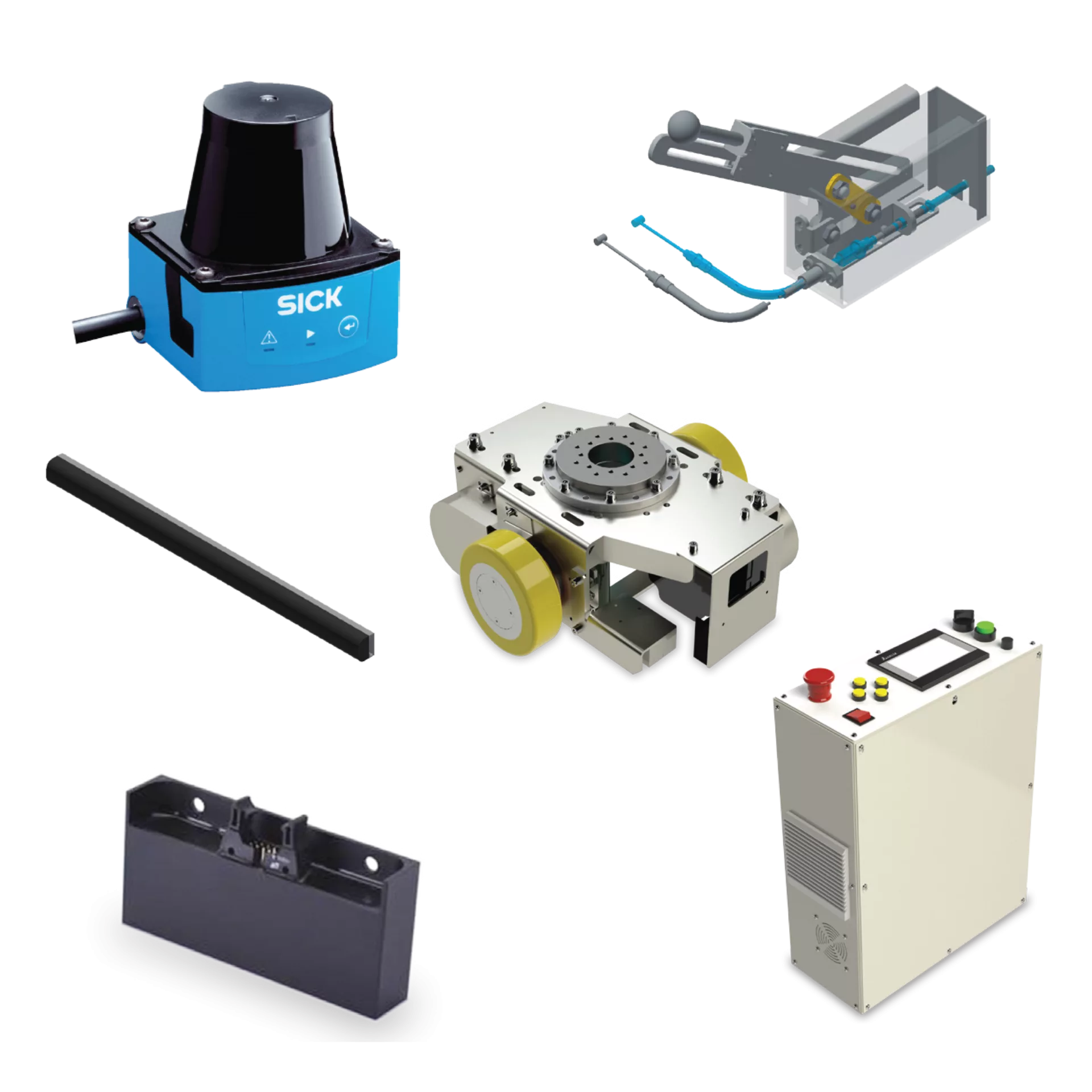In the fast-paced world of modern manufacturing, ensuring mechanical accuracy is crucial to delivering reliable and functional products. One of the most critical elements in achieving this accuracy is performing a detailed tolerance stack-up analysis during machine design. By evaluating how individual part tolerances impact an assembly’s overall dimensions, engineers can prevent costly errors, minimize rework, and optimize design intent—all before a single component is produced.
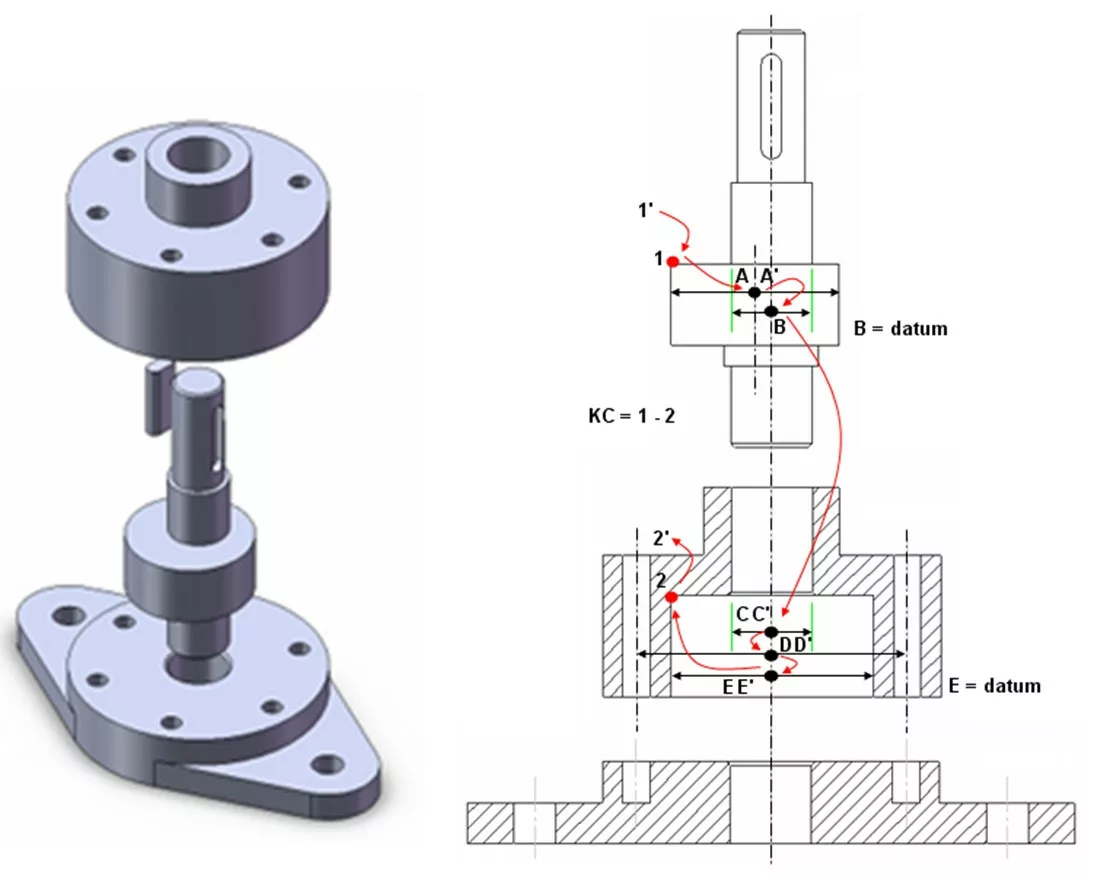
What is Tolerance Stack-Up?
Tolerance stack-up refers to the cumulative effect of part-to-part dimensional variations within a mechanical assembly. Every part in a system has manufacturing tolerances—acceptable ranges of variation from the nominal size. When several components are assembled, their individual tolerances combine, potentially leading to larger deviations that can affect the overall fit, function, and performance of the system.
Types of Tolerance Stack-Up
- Worst-Case Stack-Up: Assumes the maximum possible variation in every part, offering a highly conservative estimate of mechanical accuracy.
- Statistical Stack-Up: Uses statistical methods and standard deviation data for a more realistic, less conservative view of assembly variation.
- Root Sum Square (RSS): Combines tolerances based on probability, ideal for designs where parts are independently manufactured.
Why Tolerance Stack-Up Matters in Mechanical Accuracy
Mechanical accuracy directly depends on the precision of interconnected components. A well-planned tolerance analysis ensures that even with minor deviations, the final assembly meets performance and functional requirements. Improper or overlooked tolerance stack-ups can lead to misalignments, improper fits, or failures in mechanical systems.
Benefits of Effective Tolerance Analysis
- Improved product quality and reliability
- Reduced manufacturing costs and material waste
- Faster time-to-market by minimizing redesign cycles
- Increased customer satisfaction through better-performing equipment
Leveraging CAD Tools for Tolerance Stack-Up Analysis
Modern CAD platforms offer advanced features to streamline tolerance stack-up evaluation. These digital tools enable engineers to simulate various tolerance conditions, analyze their effects on the final assembly, and iterate designs efficiently. Using 3D modeling and parametric capabilities, engineers can make informed decisions early in the design phase to enhance mechanical accuracy.
Some widely adopted CAD tools for tolerance analysis include:
- SolidWorks DimXpert and TolAnalyst
- PTC Creo Tolerance Analysis Extension
- Autodesk Inventor
Integrating tolerance stack-ups directly into the CAD environment ensures design intent is maintained throughout production while reducing human error. This is particularly important for industries like automation and high-precision manufacturing where tolerances are tight and performance margins are narrow.
Real-World Application in Machine Design
At IDEA, we specialize in utilizing tolerance stack-up methodologies in a variety of complex machine designs—from automated packaging systems to precision assembly lines. By applying both worst-case and statistical models depending on the project requirements, we deliver solutions that enhance reliability while optimizing cost and manufacturability.
Detailed tolerance analysis also benefits clients aiming to transition from prototype to mass production, securing design stability across large volumes. We collaborate closely with clients to assess functional gaps, align goals, and implement solutions using the latest CAD tools and machine design standards.
Best Practices for Tolerance Stack-Up in Design
- Define critical assembly dimensions and fit requirements upfront
- Select the appropriate stack-up method based on application risk
- Use CAD-integrated simulation tools for precise modeling
- Review and validate designs with cross-functional teams
- Continuously update tolerance data based on prototype testing and production feedback
Partner with IDEA for Optimized Mechanical Solutions
If your business demands high precision and reliable mechanical systems, investing in thorough tolerance stack-up analysis is non-negotiable. At IDEA, we bring years of experience in machine design, CAD validation, and manufacturing support to help you achieve the highest standards of mechanical accuracy. Whether you’re designing new equipment or seeking to improve existing machinery, our engineering expertise and use of cutting-edge tools like those found on IdeaTechMart will accelerate your success.
Let IDEA be your trusted partner in industrial machine design and manufacturing in Vietnam—contact us today to get started on precision-focused solutions that deliver real-world performance.


